- the blog post discusses designs and considerations for occlusion Culling techniques
- lists limitations of existing techniques for fully dynamic worlds
- discusses two prototypes covering screen-space depth reprojection as well as world space voxelization
- presents weaknesses of the techniques, open issues, and next steps
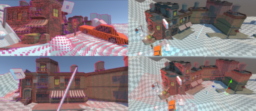
- the article discusses the implementation of the GPUI library
- shows how to derive SDFs for rectangles and how to apply drop shadows using separable blurs
- additionally covers how font rendering is implemented by using the OS and GPU caching
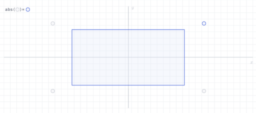
- the Twitter thread discusses different methods to upload per-draw call GPU data
- presents how to use Metal, Vulkan, and WebGL 2.0
- additionally presents pointers on how to apply it for D3D12
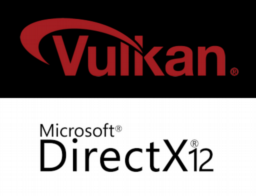
- the article presents different use cases of Fourier Transforms from a user perspective
- explains what to use them for and how
- presents strengths/weaknesses of the library design and how it affects the workloads

- the video tutorial explains the effect of iridescence, why it happens, and how to replicate it
- then uses the principles to implement a soap bubble shader using both Unity and Unreal
- shader implementation is shown using the Visual Shader language
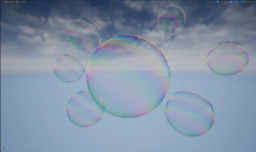
- the article discusses how to implement a lighting model as found in the Legend of Zelda: The Wind Waker
- presents how to set up the blueprint as well as the shader logic required for the effect
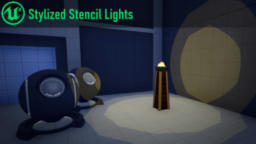
- the article discusses the basics of Convolutional Neural Networks
- the series aim is to explore the denoising implementation of the Intel Open Image Denoise library
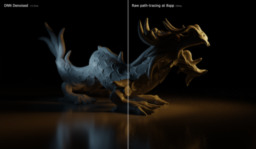
- the article shows how to implement SSAO using WebGL 2
- provides a high-level overview of the steps required and how to implement these
- discusses limitations of the technique as well as parts where forward and deferred shading paths would diverge
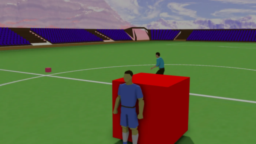
Thanks to Joakim Dahl for support of this series.
Would you like to see your name here too? Become a Patreon of this series.